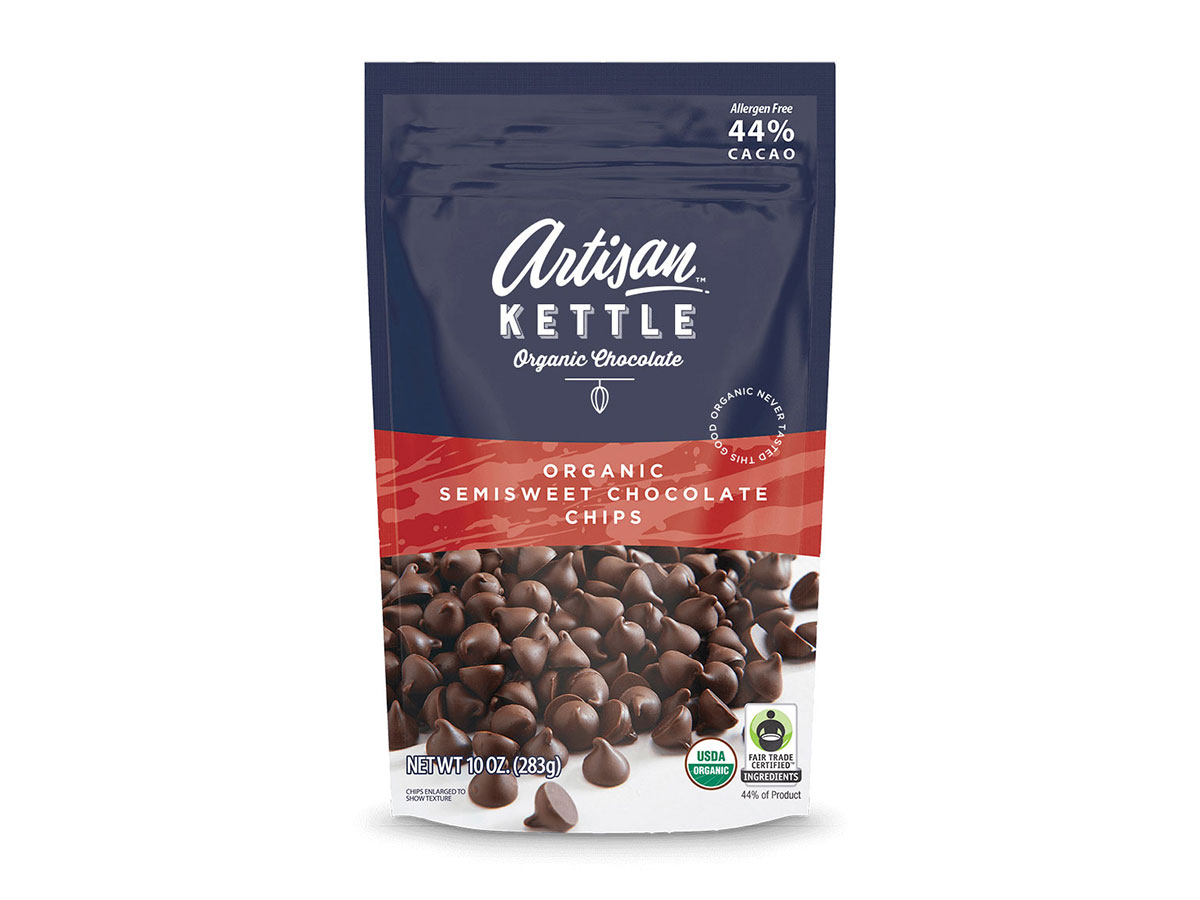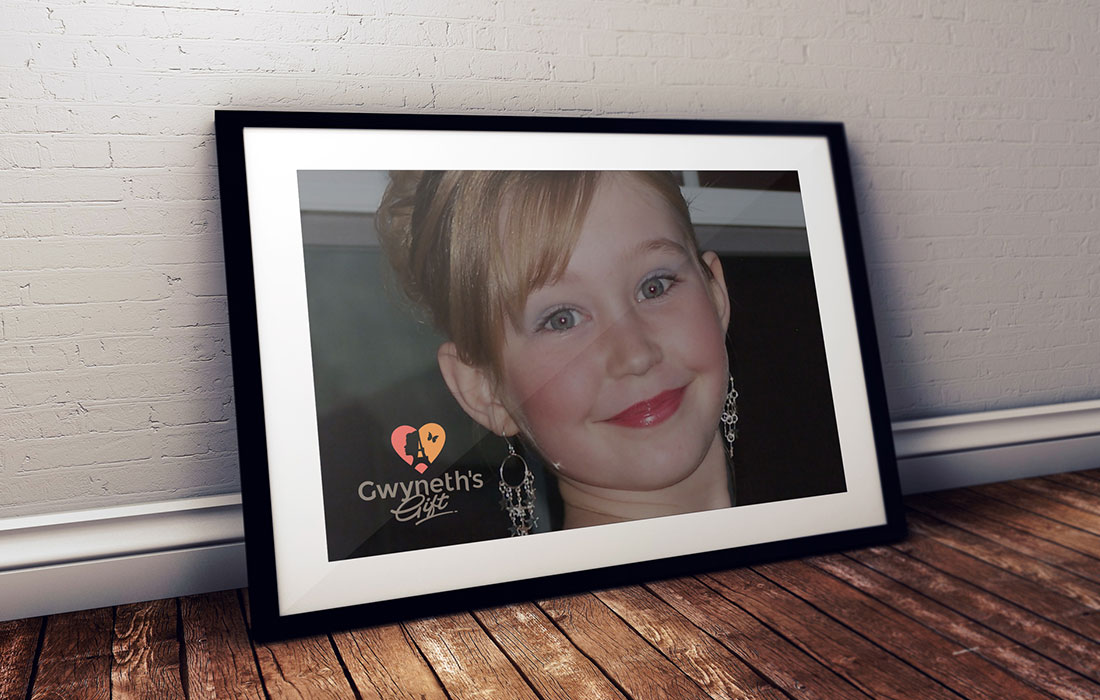Spellbrand Blog
Branding Roundup #4: Moldy Burgers, Community Stores & Truth in Advertising

In this week’s brand roundup, we’re bringing you moldy hamburgers, imperfect models and community outreach. First, we look in on the fast food wars, taking stock of the eternal battle between McDonald’s and Burger King. Then we check in on Starbucks and their—alleged—efforts to distance themselves from environmental concerns by engaging in philanthropy. Finally, we look into Olay’s recent pledge to end their practice of photo touch ups.
Let’s get going.
Moldy Burgers
It seems like a battle as old as time. But it isn’t. Not really. It only seems that way because this particular conflict has been with us since the onset of the modern era. What battle is that, you ask? Why, Burger King vs McDonald’s, of course.
Consider this ad from 1986.
Decisions, decisions. Should you stop for a McD.L.T, or should you stop for a whopper? The McD.L.T is fried, so it tastes, well, fried. The Whopper is flame broiled…
In case you’re wondering, this is the ad, featuring Jason Alexander as a prancing burger hustler, that kicked it all off. Fast forward to today and Burger King is still with us, though it may not seem at first glance to have the same vigor it had decades ago. As we’ll see, that may be changing. For instance, In 2019, when McDonald’s lost its ‘Big Mac’ trademark in the European Union, Burger King was quick to take advantage.
The company responded instantly, advertising its Whopper as, “Like a Big Mac, but actually big,” and, “Big Mac-ish, but flame-grilled, of course.”
Indeed, Burger King tends toward irreverence when trying to reach consumers—and this is perhaps a touch ironic given that the McDonald’s mascot is a clown. But there’s no doubt that McDonald’s seems to take itself more seriously.
In its latest bid to set itself apart from the world’s largest burger chain, and its biggest competitor, Burger King has removed all preservatives from its trademark Whopper sandwich.
The move will likely appeal to young millennial consumers, who tend to be both more health and environmentally conscious—more on that in the resources section.
According to the FDA, many food additives, ‘do not occur in nature.’ Therefore, their use must be kept very low. For instance, the preservative sodium benzoate only occurs as the byproduct of a reaction between sodium hydroxide and benzoic acid. Consequently, the amount of sodium benzoate in any food item in the U.S. must not exceed 0.1 percent.
Sodium benzoate received media attention recently when consumer watchdog organizations caught wind of the fact that this ‘food grade’ ingredient was also used in baby wipes and other non-food items. When used in non-food products, sodium benozate acts as an anti-microbial agent. But science is revealing, more and more, that non-human bacterial cells in the gut may be just as important as human cells. This refers to the so-called microbiome. If these preservatives are anti-microbial, what might they be doing to these helpful bacteria in the gut?
Another food additive that has gained media in recent years is azodicarbonamide. The so-called ‘yoga mat chemical,’ also a preservative, is thought to exasperate asthma, allergies and other skin problems.
So what has prompted Burger King to take the initiative here? There are two primary factors.
Burger King, which has roughly 13,000 locations worldwide, is more agile than their rival McDonald’s, which has over 35,000. Consequently, it’s easier for Burger King to make sweeping changes to their menu. By removing preservatives ahead of McDonald’s and other competitors, they hope to earn the goodwill of young consumers who are just coming into their purchasing power.
The second factor: the move aligns with their roguish, irreverent brand identity. The company is more willing to say, in essence, Yes, we’ve been using these chemicals in our food. But now we’re not, so you should eat more of our food.
They’ve kicked off the change with a remarkable ad campaign. The ad, which is really little more than a time lapse, features a Whopper going moldy over a few weeks. The message, paraphrasing, is, O_ur food doesn’t contain preservatives. Our food is natural. Our food rots._
If you think about it, food should rot, shouldn’t it? The message makes sense.
Still, it’s a bold play.
The ad certainly hopes to leverage the effect of documentaries like Super Size Me, which show fast food not rotting over several weeks—likely due to anti-microbial preservatives like Sodium benzoate.
Will millennials react favorably? Time will tell.
One thing is certain, they are reacting. The ad campaign has gone viral and is certainly getting attention. That’s half the battle.
Additional Resources:
Social Media and the Burger King Brand
An Analysis of the International Expansion of Burger King
Where’s the Beef? Why Burger King is Hungry
Jack’s in Australia and Other Complications in Building a Global Franchise Brand
Starbuck’s Community Stores
Starbucks, founded in 1971, started out as a single store in Seattle’s Pike Place Market. The name and logo recall an era long gone, a time when seafaring coffee traders brought quality beans back to the old world. Current CEO Howard Schultz was reportedly hooked from his first cup of Sumatra blend and joined the company in 1981. After a trip to Italy in 1983, Schultz endeavored to bring the cozy Italian coffee house experience to America. In that, we think, he largely succeeded.
The company also succeeded in just about every other metric you care to measure. They’re the largest coffee chain in the world, with just over 21,000 stores. Their biggest threat? Possibly hipsters who refuse to go to such a mainstream coffee joint. The company also has a healthy wholesale business, selling to retail stores, grocers and drug stores. Starbucks employs over 182,000 people.
While hipsters don’t actually pose a tremendous threat, the prospect of losing touch with millennials does.
Since 2012, the firm has brought much of their manufacturing back to the United States. This began with mug manufacturing, which they source from American Mug and Stein. The move earned the respect and appreciation of most demographics, from boomer to young adult.
Then, in 2015, the company launched what it calls the Community Store Initiative. This initiative aims to empower undeserved communities in the U.S. By partnering with civic leaders and various non-profits, these profit-sharing locations can serve as anchor stores in once thriving commercial centers. For instance, their store in the Redbird neighborhood of downtown Dallas has revitalized the area, providing an incentive for other businesses to move back in.
Recently, the company took the model international, opening a community store in Jakarta, Indonesia. The store is located in Jakarta’s Tanah Abang district, home to a once thriving textile market. Starbucks is partnering with local charities, such as Indonesian Street Children Organization, to provide jobs, education and other opportunities.
The move is a stellar example of protecting brand image. You see, they have, in recent years, come under scrutiny for their environmental impact.
Though Starbucks is far from the only source, the fast food and cafe industries in particular are coming under increased scrutiny for their plastic use. They offer consumers disposable straws, cups and other items that largely end up in landfills or the sea itself. In the coming months or years, we can expect these companies to take more direct action to curb their plastic use, such as offering consumers paper straws. In the meantime, positive PR events like the Jakarta community store opening protect the brand.
Further Reading:
Strategic Analysis of Starbucks Corporation
Olay & Machine Intelligence
In a move that’s making headlines this week, Olay, owned by Procter & Gamble, has pledged to phase out photo retouching by the end of 2020. Prominent skin care brands, such as Olay, have come under increasing scrutiny through the years for their retouch practices. Skin retouching involves fine manipulation of models to remove or hide blemishes. The technique may also be applied digitally as an after effect.
But recently, consumers have begun to push back against the practice amid concerns over unrealistic ideals.
Olay, in response to the criticism, has pledged to stamp out the practice with their ‘skin promise.’ The pledge assures their critics that they won’t engage in skin retouching in their print or digital ads, nor will they ask influencers to engage in the practice.
The pledge went into effect recently with the brand’s Make Space for Women Super Bowl campaign and with their My Olay campaign. These ads featured untouched images of Lilly Singh, Denise Bidot and Busy Phillips.
Additionally, the company has made it clear to influencers—who now represent an important advertising angle—that if they want to work with Olay, they’ll have to adhere to this policy.
The more cynical among us may wonder whether the move coincides with the advent of smart cosmetic systems that utilize machine learning. Machine learning will allow the company to offer consumers a personalized experience, meaning that Olay will be able to reach customers in new, more relevant ways. This in turn may make the company less reliant on broader forms of advertising like print or digital ads. Of course, correlation isn’t necessarily causation.
Further reading:
Converting 5x more customers by using AI powered automation, Olay Case Study

Mash Bonigala
Creative Director & Brand Strategist
With 25+ years of building brands all around the world, Mash brings a keen insight and strategic thought process to the science of brand building. He has created brand strategies and competitive positioning stories that translate into powerful and stunning visual identities for all sizes of companies.
Featured Work
See Our Work in Action
Real brands, real results. Explore how we've helped businesses transform their identity.
Client Love
What Our Clients Say
Don't just take our word for it. Hear from the brands we've worked with.
Sue Politte
Success In Focus
"Love it! My brand identity and logo helps quickly communicate what I do. I coach very busy business leaders who want to take their organization to the next level and are tired of all the things that are slowing things down or blocking progress. My brand identity needed to grab visual attention and communicate quickly that I help my clients get focus so they gain and build success. My new brand will help my potential clients identify with me. Thank you!!!!"
Christian Nocera
Dapper Yankee
"Delighted to have used Spellbrand for our last project. The work was thorough and results excellent. For me it was such a pleasure to work with Mash who was able to keep up with all my last minute requests for small changes. Nothing was too much of a problem and I would have to say that its great to work with people who do actually put the customer needs first! One thing saying it, its another thing doing it – Thanks Mash!"
Keep Reading
Related Articles
Nov 19, 2025
What Do You Need To Start An Online Business
Discover the essential elements needed to start a successful online business. From branding and website design to capital and self-discipline, learn what it takes to launch and grow your digital venture.
Read MoreNov 19, 2025
What are paths and anchor points in Adobe Illustrator?
Master the fundamentals of paths and anchor points in Adobe Illustrator. Learn how these essential tools work together to create professional logo designs and vector graphics.
Read MoreNov 17, 2025
Use Of Color In Creating Logo Designs
Master the psychology of color in logo design. Learn how colors influence perception, build brand recognition, and create emotional connections with your audience.
Read More

